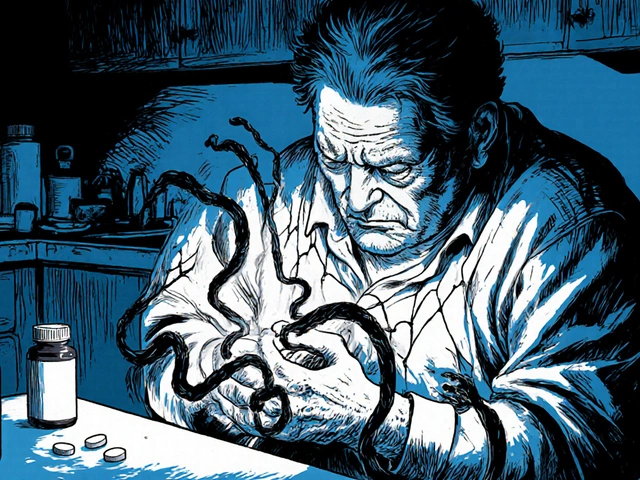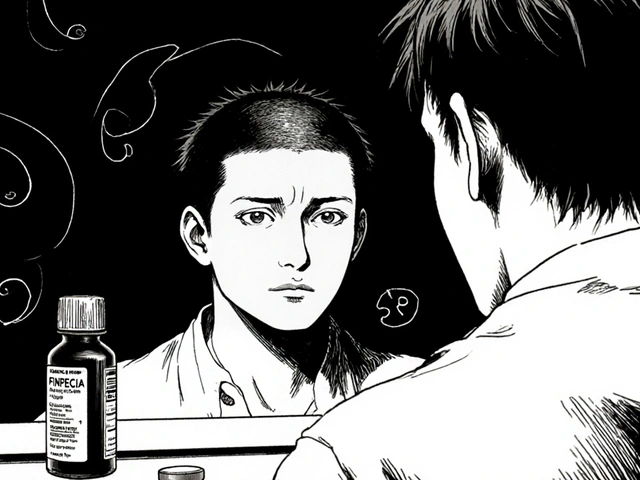Cystitis: What It Is and How to Deal With It
Ever felt a burning or urgency when you go to the bathroom? That's a classic sign of cystitis, an infection that inflames the bladder. It’s common, especially for women, but you don’t have to suffer in silence. Below you’ll find the most useful facts, from spotting the warning signs to fixing the problem fast.
Common Symptoms to Watch For
The first clue is usually a painful, frequent urge to pee, even if only a little comes out. You might notice cloudy or strong‑smelling urine, and sometimes a slight blood tint. A low‑grade fever or feeling tired can pop up if the infection spreads. If you get any of these signs, don’t ignore them—early treatment stops the infection from getting worse.
How to Treat and Prevent Cystitis
Most cases clear up with a short course of antibiotics prescribed by a doctor. While you wait for the prescription, drink plenty of water; flushing the bladder helps push bacteria out. Over‑the‑counter pain relievers like ibuprofen can ease the burning.
After the infection clears, keep it from returning by emptying your bladder fully each time you go, especially after sex. Avoid caffeine, alcohol, and spicy foods if they irritate your bladder. Cranberry juice has mixed reviews, but staying hydrated with plain water is the safest bet.
When to see a doctor? If symptoms last more than two days, you develop a high fever, or you notice blood in the urine, get medical help right away. Pregnant women and people with diabetes should contact a doctor at the first sign because infections can affect the baby or blood sugar control.
In summary, cystitis shows up as painful, frequent urination, and it’s usually easy to treat with antibiotics and plenty of fluids. Spot the signs early, follow the treatment plan, and adopt habits that keep your bladder happy. If you ever doubt the severity, a quick visit to your healthcare provider will put you on the right track.

Cystitis and Menopause: Essential Guide for Women
A comprehensive look at how menopause impacts cystitis risk, symptoms, diagnosis, treatment, and prevention for women seeking clear, actionable advice.




